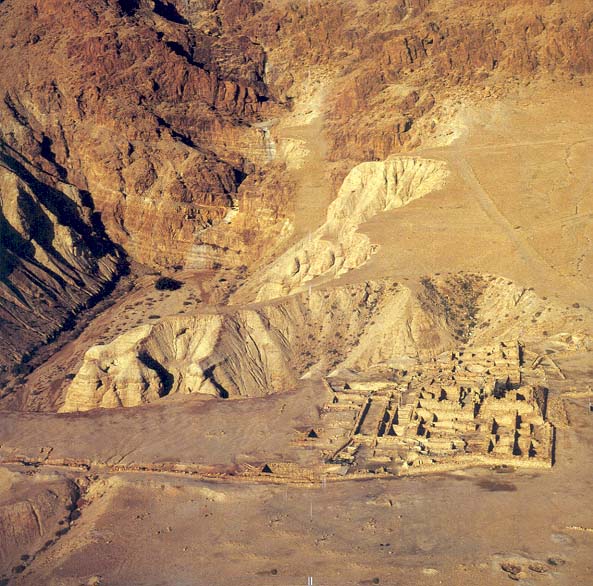Image Details

Richard Nowitz
The unadorned buildings of Qumran, located on a barren marl terrace between the craggy Judean Desert cliffs and the Dead Sea, are far less inviting than Herod’s royal palace-fortress. Although two researchers have recently identified Qumran as a villa owned by wealthy Jerusalemites, author Jodi Magness argues that the site could not have been a private estate because it has virtually none of the elaborate architectural features of contemporaneous villas and palaces. Instead, she concludes, the austere architecture of Qumran would have been more appropriate for a strict religious community.
